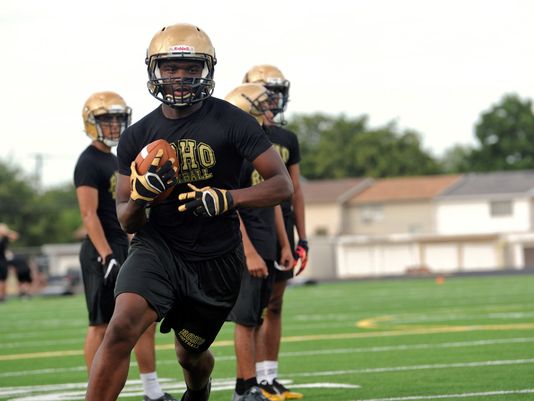After doing more than 20 projects in Texas including a softball field for The University of Texas at Arlington and a synthetic football field for West Texas A&M Mid-America has seen the results of implementing synthetic turf fields in extreme weather. The synthetic fields not only help with the cost and time spent on maintenance, but they also bring positive changes for football, soccer, baseball teams and even for the band.
“We’re using it year round for all sports. We practice on it during football season and then the soccer teams uses it. I know our band gets out there on it. If the baseball team can’t get on their field because it rained, they can get on the turf and field ground balls and things of that nature. Everybody’s been able to use it.”
– WFHS football coach and campus athletic coordinator Paul Sharr
Two major differences between synthetic and natural grass fields are that they can hold up in any weather, whether it be extremely dry as in the case for schools in Texas or wet after a rain storm and natural grass fields do not hold up efficiently with extreme use. When a field is being overused as in the case for the three Wichita Falls ISD high schools the field becomes unsafe and maintenance becomes costly.
“When we had the drought, we weren’t able to water the fields. The fields got too hard and were used too much. We had what amounts to a bunch of potholes in the field. You could just be walking along and you’d plant into one of those holes and sprain an ankle. It was a hazard for our kids to practice on.” – Rider football coach and campus athletic coordinator Marc Bindel
The addition of synthetic fields gives the school an edge of not only being able to practice every single week without delay or disruption but also the added benefit of keeping players away from injury and in the game longer.
For the original article by Jonathan Hull with Times Record News go to: Coaches Grateful for Artificial turf fields





